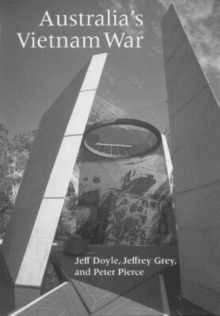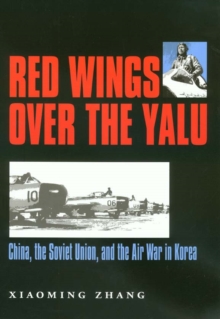
Striving for Air Superiority : The Tactical Air Command in Vietnam Hardback
by Craig C. Hannah
Part of the Texas A & M University Military History series
Hardback
- Information
Description
Tactical bombing, Gen. Jimmy Doolittle reportedly observed, ""is breaking the milk bottle Strategic bombing is killing the cow,"" Most nations have historically chosen between building tactical and strategic air forces; rarely has a state given equal weight to both.
The advantages of tactical air power are obvious today as small wars and petty tyrants bedevil us, but in a Cold War world split between continental superpowers, strategic bombing took precedence, with calamitous consequences.
In the 1960s, the U.S. Air Force lacked the equipment and properly trained pilots to assure air superiority because the Tactical Air Command (TAC) had become little more than a handmaiden to the Strategic Air Command (SAC).
TAC focused primarily on the interdiction of enemy bombers and virtually ignored its other responsibilities.
Its aircraft were designed to shoot at large, lumbering bombers and not to engage in dog fights with highly maneuverable MiGs.
Hannah shows how a tactical air force that won a victory in World War II deteriorated into a second-rate force flying aging aircraft during the early years of the Cold War, recovered briefly over Korea, then slid into obsolescence during the 1950s.
His explanation of why America's fighter aircraft did not work in Vietnam is instructive and unsettling.
Hannah explains how TAC struggled through the war in Vietnam to emerge in the 1970s as the best tactical air force in the world.
He side-steps politics and inter-service rivalries to focus on the nuts and bolts of tactical air power.
The result is a factual, informative account of how an air force first loses its way then finds its mission again.
Information
-
Available to Order - This title is available to order, with delivery expected within 2 weeks
- Format:Hardback
- Pages:192 pages, 25 b&w photographs, bibliography, index
- Publisher:Texas A & M University Press
- Publication Date:31/01/2002
- Category:
- ISBN:9781585441464
Information
-
Available to Order - This title is available to order, with delivery expected within 2 weeks
- Format:Hardback
- Pages:192 pages, 25 b&w photographs, bibliography, index
- Publisher:Texas A & M University Press
- Publication Date:31/01/2002
- Category:
- ISBN:9781585441464



